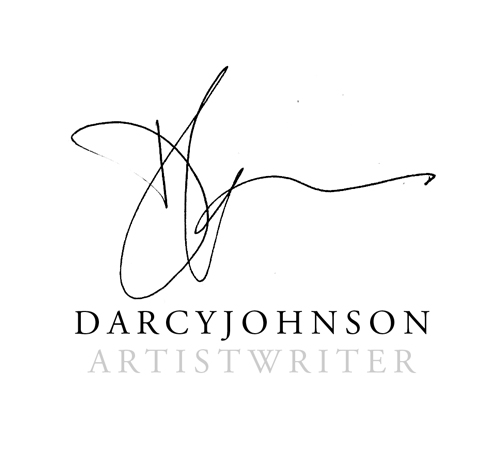SciArt Residency Post #3, Sept 23, 2018
The question, “Why do we do art” constantly rises to the surface in Yana’s and my discussions. I suppose it is because our primary work is very demanding and it take real effort to for both of us to put aside time to do our own artwork.I rent a shared studio space with two other artists but during the school year I hardly darken the door. I have drawing space at home I can access when I have free time.
My desk at home.
So, if art making is the last thing on the list of a busy life, why do it at all? I have had many people over the years say, “it must be so much fun being an artist!”. Not really fun; more like I am compelled to do it. I have creative ideas I want to follow, just to see where they go but art making is also the place where I can explore my own mind, check in on my individual responses to the world and to the artwork. To watch myself and the work evolve. Sometimes a piece takes on a trajectory of its own where I’m working intuitively, almost like an observer. It is difficult to get to that mental space but I never give up trying.
I have recently read a number of Eric Kandel’s books, Reductionism in Art, The Age of Insight and The Disordered MInd. In various contexts, Kandel summarizes research done using brain imaging during art making. The right hemisphere is very active during creative work. Many scientific studies indicate that the left hemisphere of the brain (where we think in a logical sequential way and where our language centres are), inhibits the creative right hemisphere where we tend to connect knowledge and experience into a gestalt or new picture of the “world”. Sudden bursts of painting and drawing can happen in people who have left hemisphere damage. The theory is that part of the left hemisphere’s function is to inhibit or dampen down the right hemisphere, presumably to keep us from winging off into “insanity” where we may connect too much and analyze too little.
The other interesting side to this research is that even though there are many examples of mentally damaged or unstable people making groundbreaking art (Kay Redfield Jamison, Touched by Fire), it is not necessary for an artist to be verging on insanity to be creative. We can train ourselves to diminish the inhibition of the left hemisphere by practicing. Kandel, in The Disordered Mind gives the example of Jazz musicians. Their right hemispheres are highly active during improvisation but it takes years of training for most people to achieve this.
So, other than insatiable curiosity, I do art to turn off the incessant chatter of my left hemisphere and just be responsive in the moment. It has taken a lifetime of practice. Yana and I discussed this as “flow”. Athletes use it, repetitive lab work requires it, as well as many other activities where focused awareness of the present is necessary and we must shut off the planning and ruminating that our left hemisphere bullies us into. For me, painting and drawing feel very insightful, absorbing and restful in a world where the dialogue is always on high volume.
Kandel, Eric R. (2012), The Age of Insight: The Quest to Understand the Unconscious in Art, Mind, and Brain, from Vienna 1900 to the Present, New York: Random House
Kandel, Eric R. (2016), Reductionism in Art and Brain Science: Bridging the Two Cultures, New York: Columbia University Press
Kandel, Eric R. (2018), The Disordered Mind: What Unusual Brains Tell Us About Ourselves, New York: Farrar, Straus and Giroux
Redfield Jamison, Kay (1993), Touched by Fire: Manic-Depressive Illness and the Artistic Temperament, New York: The Free Press
Brain Scans while Jazz Improving


